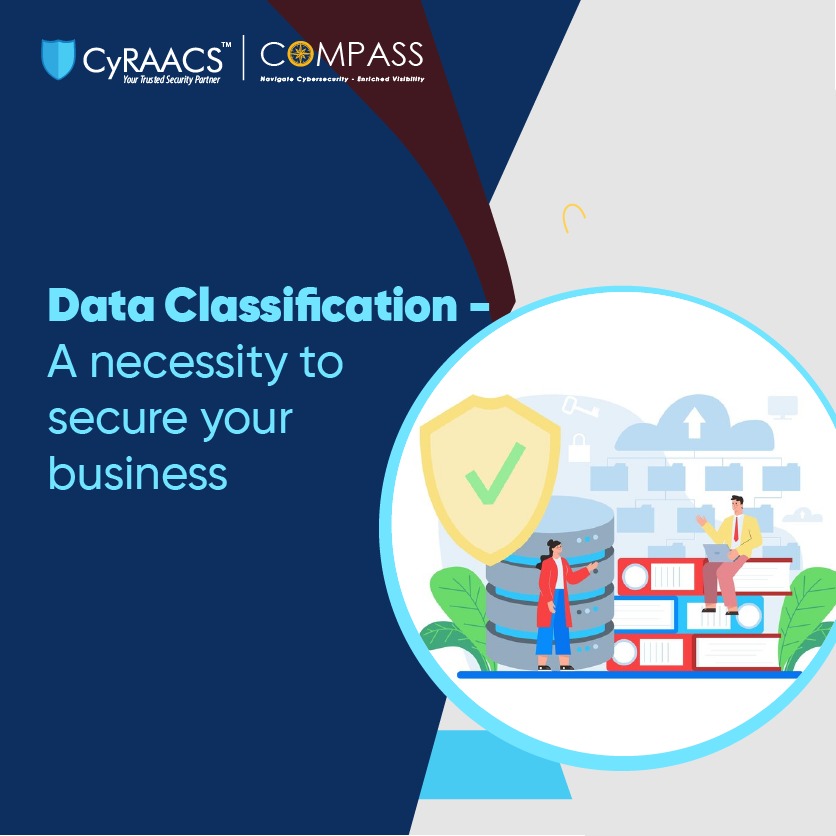
In the Digital-first environment, the sheer volume of data generated and managed by organizations presents both opportunities and challenges. Among the most critical measures businesses can take to secure their operations is data classification—the process of organizing and categorizing data based on its sensitivity, value, and importance. With rising cyber threats and stringent regulations, data classification has become a cornerstone of effective data governance.
Data classification involves systematically grouping data into distinct categories based on its sensitivity and value to the organization. This enables businesses to better understand the type of data they handle, prioritize its protection, and apply appropriate security controls to mitigate risks. Proper classification ensures sensitive information receives heightened protection, reducing the likelihood of data breaches and regulatory non-compliance.
Organizations typically classify data into the following categories:
In today's interconnected landscape, securing your business is non-negotiable. Here’s why:
Cyberattacks, such as ransomware or phishing, are increasingly frequent. Businesses without robust data security measures are at higher risk of exploitation, resulting in financial losses and reputational damage.
Regulations like GDPR, HIPAA, and PDPL mandate strict data protection practices. Non-compliance can lead to costly penalties and erode customer trust—a vital ingredient for long-term success.
Customers value businesses that safeguard their personal information. Strong security measures enhance trust, boost loyalty, and solidify your reputation as a reliable organization.
Security measures enable businesses to recover quickly from incidents, minimizing downtime and safeguarding critical assets, including intellectual property.
Secure businesses are more agile and equipped to expand confidently into new markets, fostering customer preference and loyalty.
CyRAACS offers tailored solutions to help businesses navigate complex privacy and data classification requirements. Their comprehensive data privacy services include:
By partnering with CyRAACS, businesses can streamline data governance, ensure regulatory compliance, and enhance overall resilience against evolving threats.
Data classification is more than a compliance requirement—it’s a proactive step toward securing your organization and ensuring its longevity in a rapidly changing digital world. With expert support and tools like those provided by CyRAACS, businesses can confidently protect their data, strengthen security frameworks, and embrace future opportunities with minimal risks.
